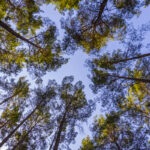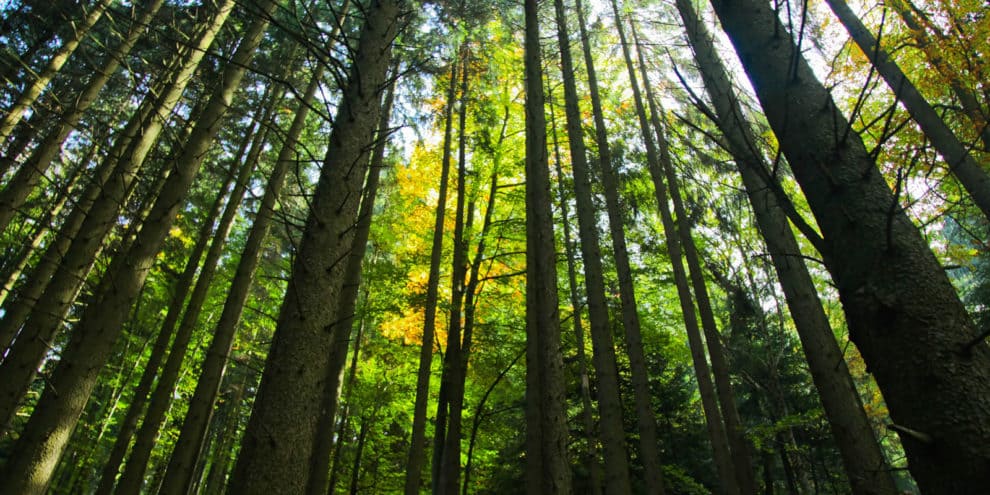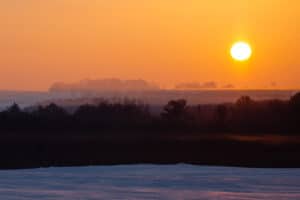There are a number of reasons why you may want to selectively harvest timber after buying a recreational property: You may want to improve the habitat for wildlife on the site. You might want to create trails on your land for ATV riding. Or your tract may have mature timber that offers the opportunity for cash flow.
As with most things in life, smart selective harvesting requires a plan. Before you buy any type of recreational property or timberland for sale, work with a knowledgeable real estate broker and a consulting forester to understand the timber potential on the property. Then, after you buy the property, create a plan for selective harvesting that will help you reach your goals. To start, you will need to know what the short- and long-term harvesting opportunities look like.
An important first step is to assess the age and health of the pine and/or hardwood trees on a property. Pine trees as young as 12 to 20 years can generate revenue, while hardwoods usually qualify as merchantable timber beginning around 40 years of age.
To gauge the health of a typical pine tree, for example, the “live crown ratio” is the standard measurement, based on the number of green branches on a tree. A ratio of 30 percent or higher is good: If green branches cover 30 feet or more of a 100-foot tree, for example, it’s considered a healthy tree. There are other ways used to gauge the health of hardwoods.
With the knowledge of your tree stands in hand, the next step in creating a quality harvesting plan is to consider the opportunities for revenue and then match those up with what you want to do with your property. If you want to improve the quality of wildlife on the property, for example, you may want to keep some downed hardwoods in place, since those can create good wildlife habitats.
As you are making your plans, also think about the time of year that will be best for harvesting. Harvesting in the winter has advantages, because frozen ground holds heavy logging equipment better than the other three seasons, which can be impacted by rain.
The market for timber is relatively strong year-round, and the market has been very consistent in recent years, making the revenue projections in your plan more predictable.
If all this seems complicated, the great news is that you don’t have to figure everything out yourself. That said, the time to think about timber harvesting possibilities is before you buy.
As you start to look at properties, talk to a recreational real estate expert. This person should either have access to foresters on his real estate brokerage’s staff, or should know a third-party forestry professional who can help you think about the timber aspects of buying and then owning a recreational tract.
Written by Brian Bignall, the Minnesota Wood Procurement Manager for Potlatch Corp., which sells recreational properties in Minnesota, Idaho, Arkansas, Alabama and Mississippi.
This content may not be used or reproduced in any manner whatsoever, in part or in whole, without written permission of LANDTHINK. Use of this content without permission is a violation of federal copyright law. The articles, posts, comments, opinions and information provided by LANDTHINK are for informational and research purposes only and DOES NOT substitute or coincide with the advice of an attorney, accountant, real estate broker or any other licensed real estate professional. LANDTHINK strongly advises visitors and readers to seek their own professional guidance and advice related to buying, investing in or selling real estate.










Add Comment